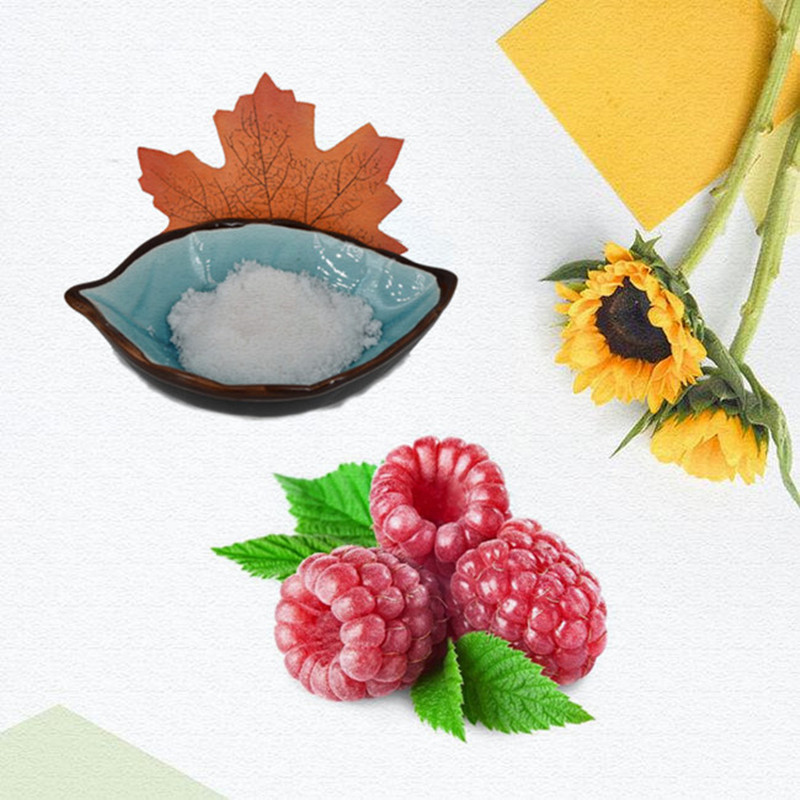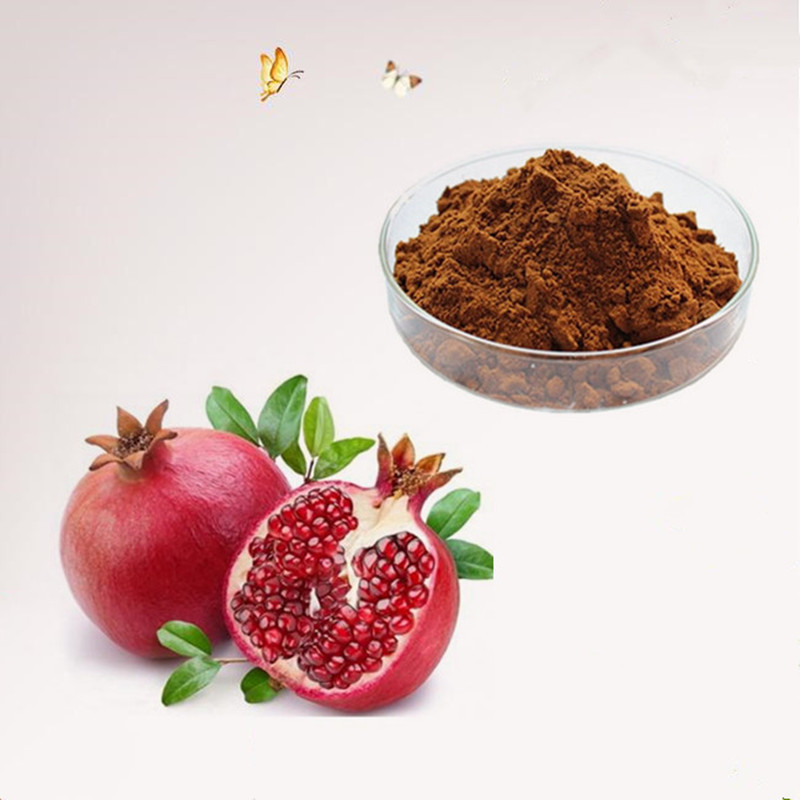Magnolia officinalis identification
Herbal identification
Shape identification: dry skin was rolled or double roll, length 30-35cm, thickness 2-7mm, commonly known as "tube Park"; dry root near the end of the skin, such as the bell mouth, commonly known as "boots and Parks" . The outer surface is gray-brown or gray-brown and rough. The cork is scale-like and easy to peel off. There are obvious elliptic lenticels and longitudinal wrinkles. Those who scrape the cork are yellow-brown. The inner surface is purple-brown or dark purple-brown with fine longitudinal. Lines, marked oil marks. Hard and hard to break. The cross section is granular, the outer layer is gray brown, the inner layer is purple brown or brown, oily, and some can be seen as most small bright stars. Gas incense, spicy and bitter.
Root bark (root): single cylindrical or irregular pieces; some curved like chicken intestines, commonly known as chicken intestine Park. Hard, easy to break, cross-section fiber.
Twig (branch): It is single-cylindrical, 10 to 500 px long and 0.1 to 0.50 px thick. Brittle, easy to break, cross-section fiber.
Microscopic identification: bark cross-section: Cork layer is more than 10 columns of wood cells, sometimes seen in the skin layer. The outer cortex has a ring of stone cells, and the inner side has scattered stone cell groups and most of the oil cells. The oil cells are tangentially elongated to about 140 μm, and some of the stone cells are branched; the fiber bundles are rare. Most of the phloem, bast ray width 1-3 rows of cells, gradually widening outward; fiber bundles numerous, slightly discontinuously arranged into layers; wall is very thick; oil cells are many, scattered in a single or 2-5 Connected. The product parenchyma cells contain yellow-brown substances, starch grains (more gelatinization), and a small amount of calcium oxalate crystals.
Transverse branches of the branches: Large bundles of fibers (up to more than 400 cells) on the lateral side of the phloem, namely the pellicle bundles.
Powder characteristics: powder brown.
Plant extracts refer to substances extracted or processed from plants (all or a part of plants) using appropriate solvents or methods, and can be used in the pharmaceutical industry, food industry, daily chemical industry and other industries.

There is a conceptual overlap between plant extracts and herbal extracts. The raw materials of plant extracts in my country are mainly derived from Chinese herbal medicines, so domestic plant extracts can also be called Chinese medicine extracts to some extent.

Herbal Extract,Liquid Herbal Extracts,Herbal Extract Powder,Natural Herbal Extract
XI AN RHINE BIOLOGICAL TECHNOLOGY CO.,LTD , https://www.xianrhinebiotech.com